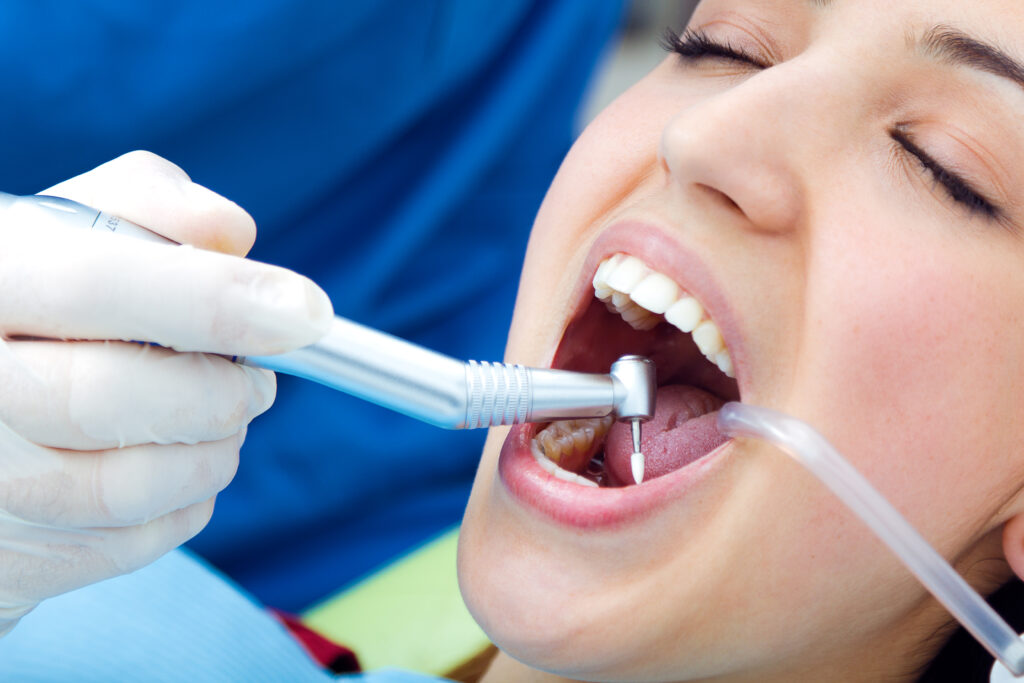
What is a tooth extraction?
A tooth extraction is a dental procedure during which your tooth is completely removed from its socket. Sometimes, people refer to this as “pulling” a tooth.A tooth extraction may be necessary for many reasons, including severe damage or decay. One of the most common dental procedures, a tooth extraction can eliminate bacteria and improve your overall oral health.
Why Do You Need A Tooth Extraction?
A dentist may prescribe a tooth extraction for various reasons, including impaction, dental decay, periodontal and gum disease, trauma, or tooth crowding.
Impaction occurs when one teeth grows and pushes directly against another. This can cause infection and swollen gums, which can also bleed. When you notice these symptoms, it is recommended to look for tooth extraction near you where your dentist can either recommend tooth removal or another option.
Tooth decay can spread in your tooth, causing intense pain, redness and swelling. When a tooth reaches this stage, it may be necessary to extract it all together. In addition, tooth extraction will help prevent infection to the other teeth.
Teeth are frequently among the first to be damaged after an accident. An accident might sometimes result in a tooth becoming too damaged to salvage. If this is the case, tooth extraction will be required as rehabilitation. Otherwise, a broken tooth might get seriously infected, necessitating a surgery like a root canal, which can be quite painful.
Aside from causing discomfort, tooth impaction can also result in overcrowding, causing previously straight and well-aligned smiles to become crooked. Removing the troublesome teeth in the rear of the mouth might allow the other teeth to expand out as needed.
Before scheduling the procedure, your dentist will take an X-ray of your tooth. Be sure to tell your dentist about any medications you take, as well as vitamins, supplements, and over-the-counter drugs.
Tell your dentist if you will soon be treated for another medical condition with an intravenous drug called a bisphosphonate. If so, the extraction should be done before the drug treatment, or your jaw could be at risk for osteonecrosis (bone death).
Also, tell your dentist about any of the following conditions:
- a congenital heart defect
- diabetes
- liver disease
- thyroid disease
- renal disease
- hypertension
- an artificial joint
- damaged heart valves
- adrenal disease
- an impaired immune system
- a history of bacterial endocarditis
Your dentist may want to make sure all conditions are stable or treated before you undergo the tooth extraction. You might be prescribed antibiotics in the days leading up to the procedure if:
- your surgery is expected to be long
- you have an infection or a weakened immune system
- you have a specific medical condition
It’s helpful to keep the following in mind for the day of the tooth extraction in order to ensure quality treatment:
- If you will be receiving intravenous (IV) anesthesia, wear a short-sleeved shirt or loose-fitted clothing, and don’t eat or drink for six to eight hours before your appointment.
- Don’t smoke beforehand.
- Tell your dentist if you have a cold, as you may need to reschedule.
- Tell your dentist if you had nausea or vomiting the night before, which may require different anesthesia or rescheduling.
- If you’re receiving general anesthesia, have someone with you to drive you home.
Your tooth extraction will either be simple or surgical, depending on whether your tooth is visible or impacted.
Simple extraction
You will receive a local anesthetic, which numbs the area around your tooth so you’ll feel only pressure, not pain, during the procedure. The dentist then uses an instrument called an elevator to loosen the tooth and forceps to remove it.
Surgical extraction
You will likely receive both local anesthesia and intravenous anesthesia, the latter of which makes you calm and relaxed. You may also receive general anesthesia, depending on any medical conditions. With general anesthesia, you will remain unconscious during the procedure.
The general dentist or oral surgeon will cut into your gum with a small incision. They may need to remove bone around your tooth or cut your tooth before it can be extracted.
There are a few risks for undergoing a tooth extraction; however, if your dentist recommends the procedure, the benefits likely outweigh the small chance of complications.
Usually after a tooth extraction, a blood clot naturally forms in the socket — the hole in the bone where the tooth has been extracted. However, if the blood clot does not form or dislodges, the bone inside the socket can be exposed — referred to as “dry socket.” If this happens, the dentist will protect the area by putting a sedative dressing over it for a few days. During this time, a new clot will form.
Other risks include:
- bleeding that lasts longer than 12 hours
- severe fever and chills, signaling an infection
- nausea or vomiting
- cough
- chest pain and shortness of breath
- swelling and redness at the surgical site
Contact your dentist if you experience any of these symptoms.
It normally takes a few days to recover after a tooth extraction. The following steps help ensure that your recovery goes smoothly.
- Apply an ice pack to your cheek directly after the procedure to reduce swelling. Use the ice pack for 10 minutes each time.
- After the dentist places the gauze pad over the affected area, bite down to reduce bleeding and to aid in clot formation. Leave the gauze on for three to four hours, or until the pad is soaked with blood.
- Take any medications as prescribed, including over-the-counter painkillers.
- Rest and relax for the first 24 hours. Do not jump immediately into your regular routine the following day.
- Don’t use a straw for the first 24 hours.
- Don’t smoke.
- Don’t rinse for 24 hours after the tooth extraction, and spit only gently.
- Use pillows to prop your head up when you lie down.
- Brush and floss your teeth like normal, but avoid the extraction site.
- The day after the procedure, eat soft foods, such as yogurt, pudding, and applesauce.
- After 24 hours, add a half-teaspoon of salt to eight ounces of warm water to rinse out your mouth.
- As you heal over the next few days, you can slowly reintroduce other foods into your die.
What to Eat After Tooth Extraction?
Within the first 24 hours after tooth removal surgery, you should avoid consuming anything that involves chewing. Try to limit yourself to liquids exclusively. If they don’t fill you up and you want to consume solid food, go for soft meals that don’t need much chewing, like pudding or oatmeal.
It is also important to note that you should not use a straw after the tooth extraction. While drinking with a straw may appear to be a more convenient method of eating liquid food, the suction created by the straw might dislodge the blood clot in your wound, resulting in bleeding, discomfort, and a delay in healing.
You can start to eat soft foods that need little chewing 24 hours after tooth removal. However, you should be careful not to eat from the side of the procedure as this may cause some pain.
